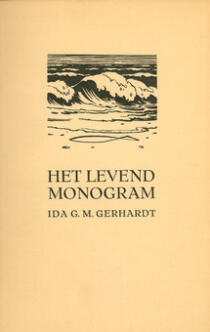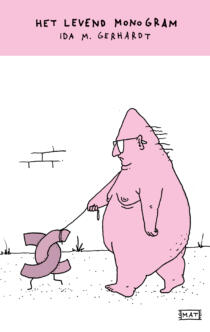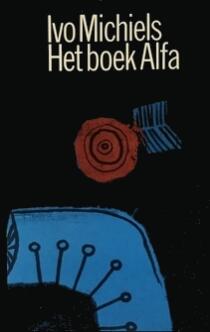The images evoked in the Oostakker Poems bind together the most extremely diverse elements. The first readers of this collection assumed, therefore, that the images had largely come about spontaneously, associatively or phonetically, in line with surrealism. Later – for those who wanted to see it – it became apparent that many of the seemingly intuitive poems were filled with references to (classical) literature, from Dante to William Blake, from Karel Van de Woestijne to Paul van Ostaijen. Hugo Claus thus employed a poetic practice that harks back to T.S. Eliot in his The Waste Land, putting the Oostakker poems more in the tradition of modernism than surrealism.
The title of the collection refers to the village of Oostakker in East Flanders. Claus’ parents lived there at the time the poems were written, but the village is mainly known for its Mary grotto, where Our Lady of Lourdes, to whom healing powers are attributed, is worshipped. Hence the many references to illness in the volume.
Both motifs contained in the title – family ties and religion – appear in the poems. The first cycle, The Initiate, contains poems like The Rain King, The Mother, A Father and A Virgin, in which the (Freudian) relationship with the parents is tackled. There are many allusions to vegetation myths and initiation rites described by the Scottish anthropologist J.G. Frazer in his book The Golden Bough. The Oedipal theme is thus combined with origin stories about life and death and portrayed using mythological characters, such as the rain king – a fertility symbol – or the satyr Marsua, who enters into a dispute with the god Apollo.
A view of an oppressive world is thus created. “The singer is not free”, as the poet puts it in The Singer. The bourgeois Catholic milieu, with its taboos, secrets and repressed sexual desires, is experienced as suffocating. One way to escape from this is through unbridled sexuality. In the second cycle, A Woman, this is described as an animal, physical act that can offer ecstasy but also the risk of losing yourself. The third cycle (Key word: House) considers the relationship with the woman, who was still considered the escape in the second cycle, as a new form of prison. The volume closes with four prose poems focused on the theme of parting.
The Oostakker Poems have proven to be highly influential. The imagery and technique have infected other poets, including Freddy de Vree, Jotie T’Hooft and more recently, Yannick Dangre. Numerous academic publications have resulted from this collection, and judging from the many reprints of the book, readers cannot get enough of it. This is exceptional for a volume of poetry.






